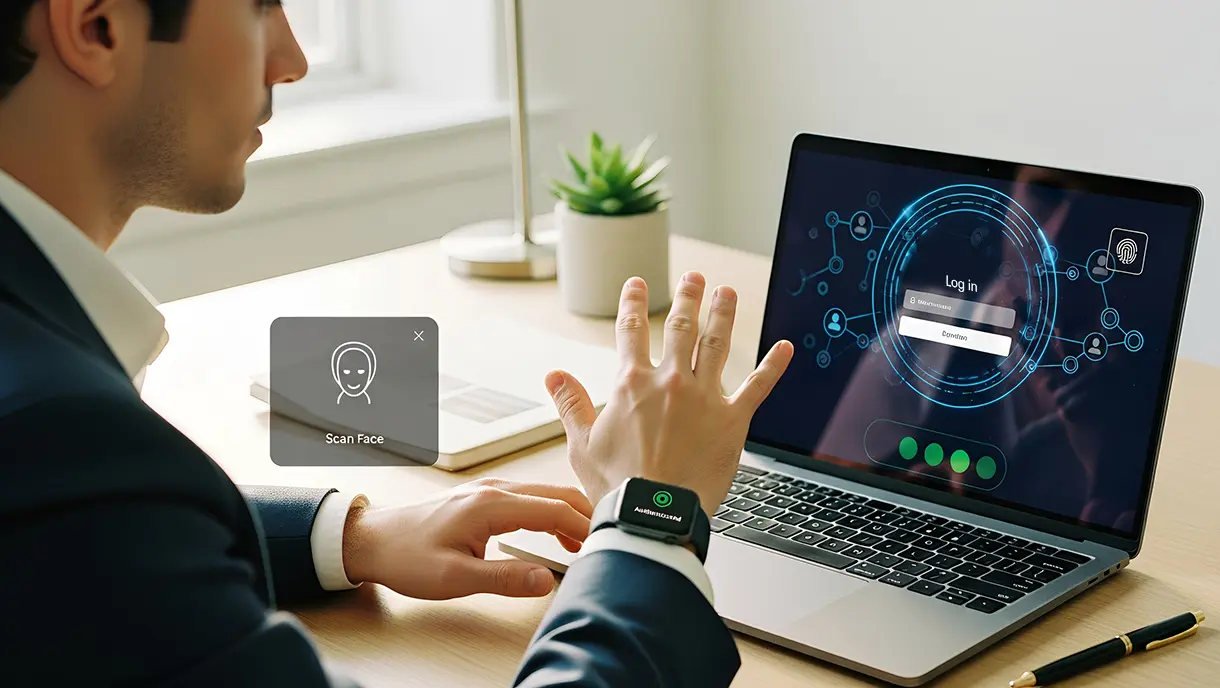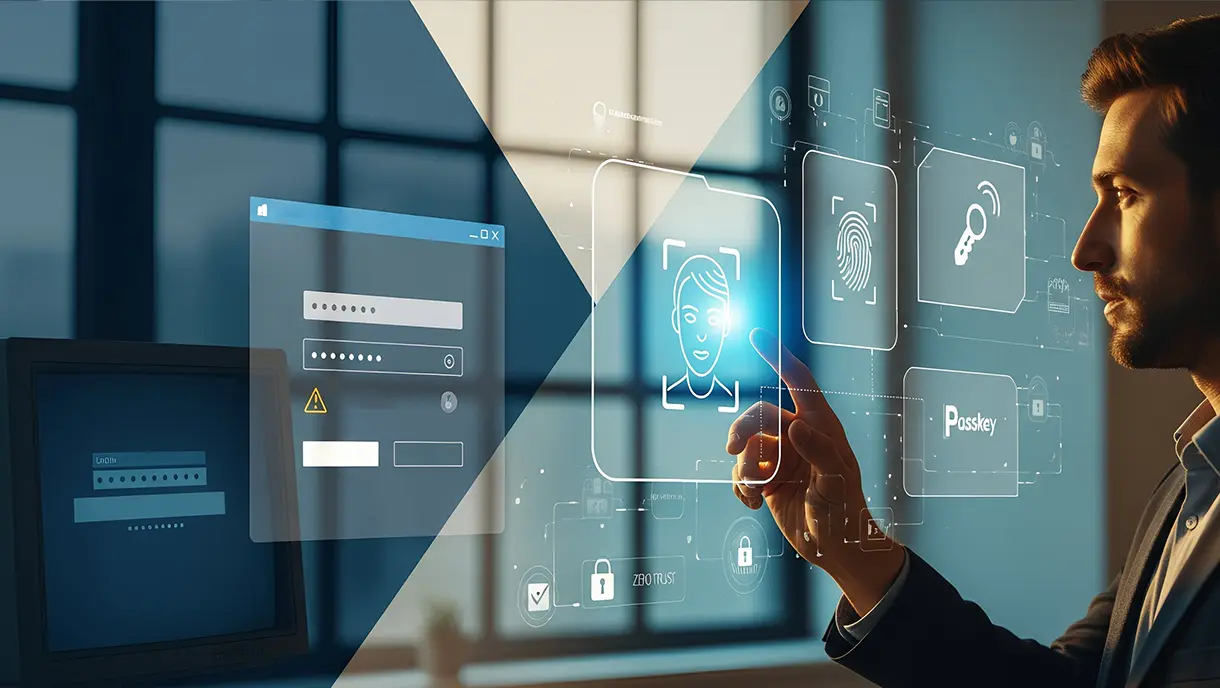Top 5 Benefits of Integrating a Time Clock with Payroll Systems
This post explores the advantages of integrating time clocks with payroll systems to enhance business efficiency and accuracy. It explains how automation reduces manual errors, improves compliance, prevents time theft, and streamlines payroll processing. Learn how this integration boosts productivity, ensures fair compensation, and provides data-driven insights for better workforce management.

Efficient payroll systems are crucial for any organization, ensuring employees are paid accurately and on time. One key component that enhances the efficiency and reliability of payroll systems is the integration of time clocks. A Time clock offers a range of benefits that streamline payroll processes, improve accuracy, and provide valuable insights into workforce management. (Also read: Understanding Time-Clocking Systems: Benefits and Challenges )
Here are the top five benefits of incorporating time clocks into payroll systems.
Improved Accuracy in Time Tracking
- Eliminates Manual Errors: Manual entry of work hours is prone to human errors, which can lead to inaccurate payroll processing. Time clocks automatically record employees' in and out times, reducing the risk of errors.
- Precise Records: Time clocks provide precise records of the exact time employees start and finish their shifts. This ensures that payroll calculations are based on accurate data, minimizing disputes over hours worked.
Enhanced Efficiency
- Automated Data Collection: Time clocks automate the collection of work hours, eliminating the need for manual timesheets. This saves valuable time for both employees and HR personnel.
- Streamlined Processes: Integrating time clocks with payroll systems streamlines the entire payroll process. Data flows seamlessly from time tracking to payroll calculation, enabling fast payroll processing and reducing administrative burdens.
Compliance with Labor Laws
- Accurate Record-Keeping: Time clocks help maintain accurate records of employee work hours, which is crucial for complying with labor laws and regulations in the US. This ensures that employees are compensated fairly and according to legal requirements.
- Audit Trails: Time clocks provide detailed audit trails that can be used to demonstrate compliance during inspections or audits. This reduces the risk of legal issues and potential fines.
Reduced Time Theft and Buddy Clocking
- Eliminates Time Theft: Time clocks reduce the risk of time theft, where employees clock in or out for each other. Biometric time clocks, such as those using fingerprint or facial recognition, ensure that only the actual employee can record their work hours.
- Prevents Buddy Clocking: By requiring unique identification methods, time clocks prevent buddy clocking, where one employee clocks in or out for another. This ensures that the recorded work hours accurately reflect the actual hours worked.
Valuable Workforce Insights
- Attendance Tracking: Time clocks provide detailed attendance records, allowing HR managers to monitor employee punctuality and attendance patterns. This data can be used to identify and address attendance issues.
- Productivity Analysis: By analyzing time clock data, organizations can gain insights into employee productivity. This information can be used to optimize work schedules, allocate resources effectively, and improve overall operational efficiency.
Conclusion
Incorporating time clocks into payroll systems offers numerous benefits that enhance accuracy, efficiency, compliance, and security. By automating time tracking and integrating it with payroll processes, organizations can streamline operations, reduce administrative burdens, and ensure fair and accurate compensation for their employees. Moreover, the valuable insights gained from time clock payroll data can drive informed decision-making and improve overall workforce management. For businesses seeking to optimize their payroll services in the US, investing in time clock technology is a strategic and beneficial move. To ensure you select the solution that best fits your organization's needs, see our comprehensive guide to choosing the right time clock system, which covers deployment options, essential features, security considerations, and cost factors.
FAQs
1. How do time clocks improve the accuracy of payroll systems?
Time clocks eliminate manual errors by automatically recording employees' in and out times, ensuring that payroll calculations are based on precise data. This reduces the risk of discrepancies and disputes over hours worked, leading to more accurate and reliable payroll processing.
2. Can time clocks help with compliance with labor laws in the US?
Yes, time clocks maintain accurate records of employee work hours, which is crucial for complying with US labor laws and regulations. They provide detailed audit trails that can be used during inspections or audits to demonstrate compliance, reducing the risk of legal issues and potential fines.
3. What are the benefits of using biometric time clocks over traditional methods?
Biometric time clocks, such as those using fingerprint or facial recognition, enhance security by ensuring that only the actual employee can record their work hours. This prevents time theft and buddy punching, resulting in more accurate time tracking and improved overall workforce management.
Get the latest updates! Subscribe now!








